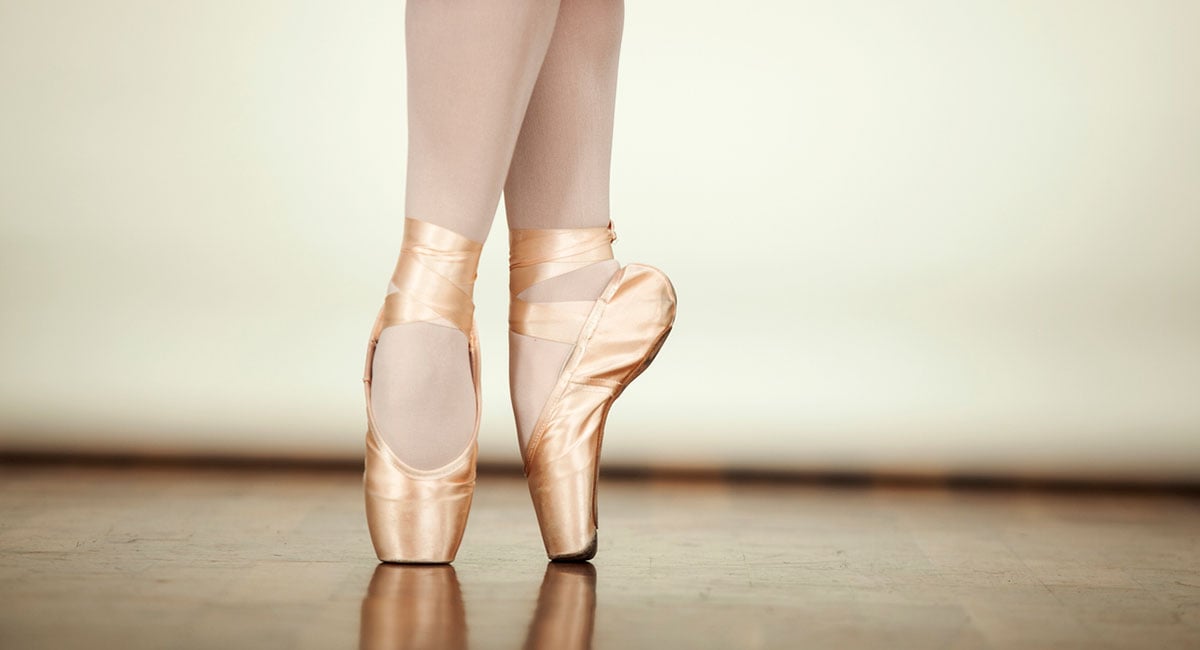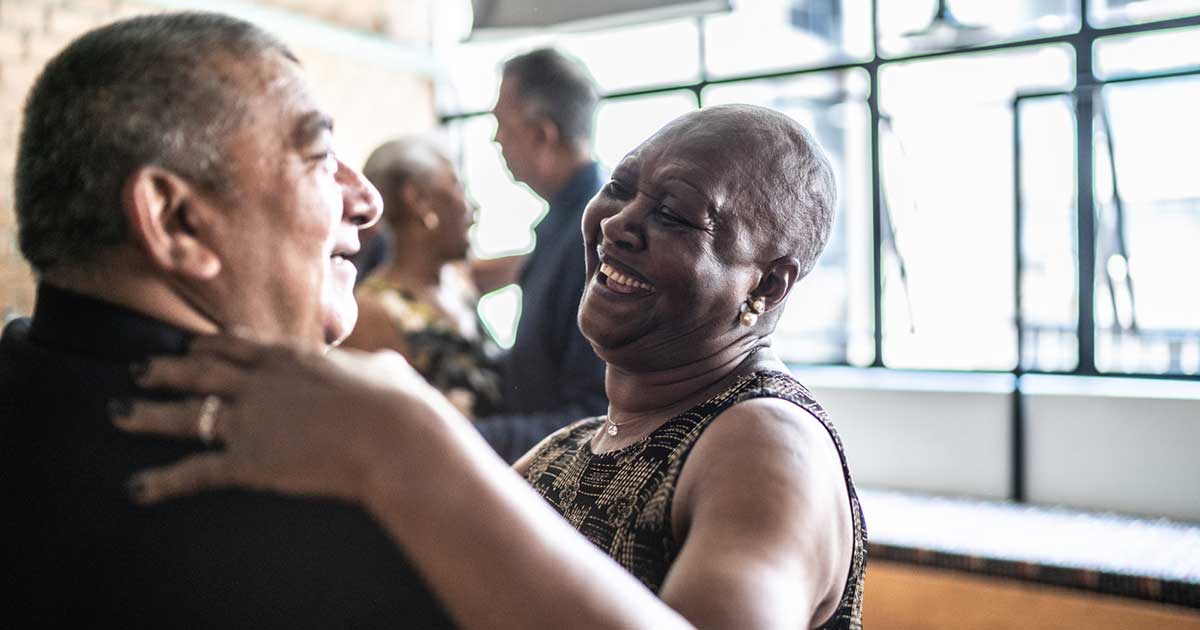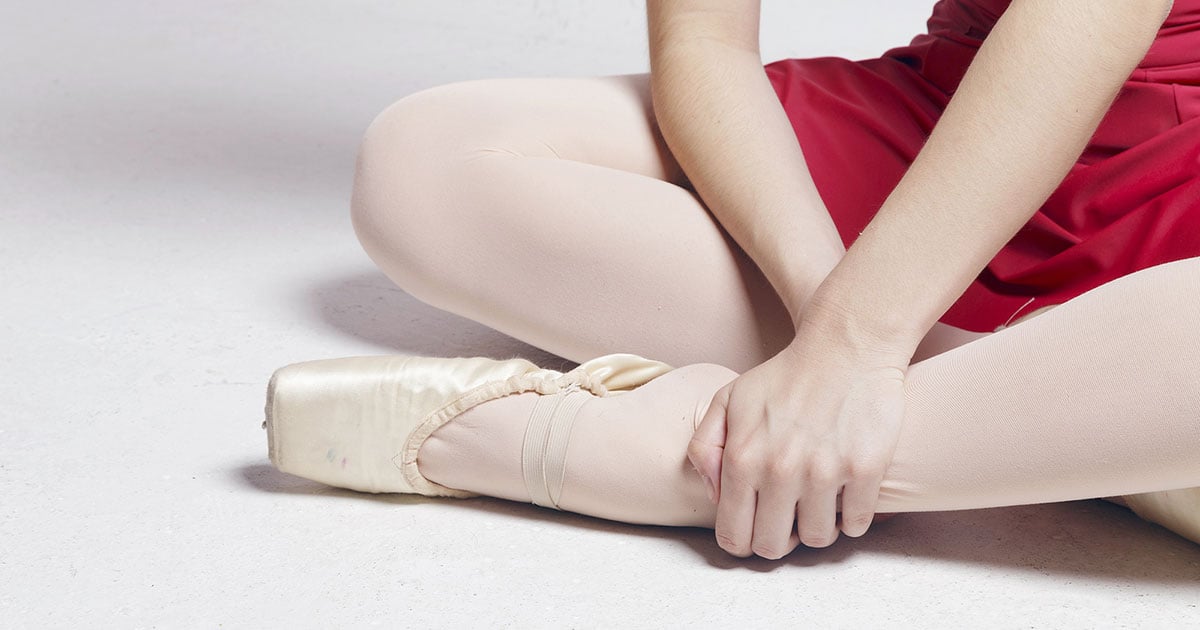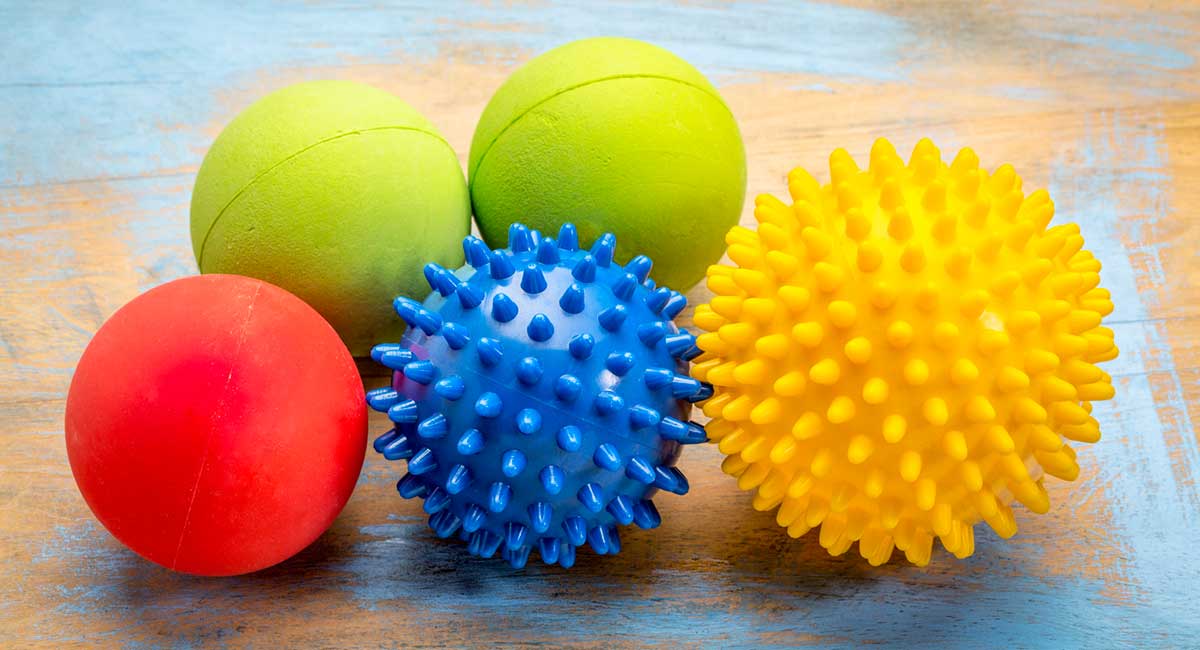
Advice to improve your movement, fitness, and overall health from the #1 in orthopedics in the U.S.
Is Dancing a Good Workout? Yes, Says a Dance Medicine Doctor
Regular participation in dance is good for body and mind.
Advice to improve your movement, fitness, and overall health from the #1 in orthopedics in the U.S.

“In South Florida we have a large population of people of all ages who like to participate in social dancing. I have patients ranging in age from young children to 90-year-olds who enjoy Latin and other styles of dancing,” says Dr. Davenport, who specializes in the nonsurgical treatment of orthopedic injuries and conditions for both professional and recreational dancers.
“I like to say that dancing checks a lot of boxes. In social dancing, you interact with different people and can make new friends, which has multiple psychological benefits,” she explains. “On the physical side, you need good balance, you need core strength, and you need strength in your lower and upper extremities if you’re doing partner work. Dancing can also be an excellent cardio workout.”
Injury Prevention for Dancers
Dance places unique demands on the body. For more on preventing common injuries and issues in dancers, watch this webinar series with dance medicine experts at HSS.
The Health Benefits of Dancing
Physical therapists often say, “motion is lotion,” which refers to movement that provides natural lubrication needed for healthy joints. This is especially important for older adults.
“Bringing movement to the body can address joint stiffness from osteoarthritis and improve quality of life,” explains Ashleigh McAdam, PT, DPT, OCS, GCS, a physical therapist at HSS Paramus. “Regular exercise such as dancing is essential for successful aging in terms of maintaining heart health, muscle strength and bone health.”
Some studies show that physical exercise is also good for brain health. “In terms of cognitive benefits, with dancing you need to remember the steps and you need to remember how to do them. We have found that dancing is beneficial for people of all ages as it can help keep memory active as we go through our years,” Dr. Davenport says.
Perhaps best of all, dancing just feels good, with many people experiencing a sensation similar to the so-called “runner’s high.” “When you do something enjoyable, particularly physical exercise, endorphins are released, which are our ‘happy’ hormones. By releasing these hormones, our body encourages us to keep engaging in these activities,” she explains.
Tips for Dancers of All Ages
As with any athletic activity, practice reduces the risk of injury. Dr. Davenport and McAdam offer this advice to get the most out of dancing for fun and physical fitness:
- It’s all about technique. If you’re new to social dancing, take some lessons to learn the correct steps and the proper technique. Many social events start with a group lesson and warm up.
- Start slowly. Ramp up gradually as you build muscle strength and endurance. Don’t start out by dancing for hours without a time out. This is hard on the body and can lead to injury.
- Warm up ahead of time and do a cool down after the dance with some gentle stretching.
- Listen to your body. If you are tired, take a rest. It may be advisable to skip an event if you overdid it dancing the day before. This will help you avoid an overuse injury.
- Stay hydrated. Dancing can provide an excellent workout, so keep water on hand to ensure adequate fluid intake.
- Pay attention to how you feel. If you experience pain or a potential injury, however slight, come off the dance floor. Continuing to dance could turn a minor problem into a more serious injury.
- Take an honest look at your footwear and choose the right shoe for your style of dance. For Latin dancing, for example, heels are generally recommended, but it’s not the right shoe for all women. Make sure you’re in a shoe that is supporting the activity and not causing pain.
- Check shoes for wear. Parents are advised to check their children’s dance shoes every year. Adults should check their shoes at least every two years or after recovering from a foot injury to make sure they still fit well.
- Keep your fitness in mind. If you’re a former or experienced dance enthusiast who has taken a break, ease back into it. Transition back slowly to your previous level.
- Mind your ears. At some venues, the music is very loud. Consider asking the DJ to lower the volume or wear earplugs if it becomes uncomfortable.
- Do your research. People just starting out may want to learn about dance etiquette. Studios and dance clubs often post helpful information on their websites.
Published 7/25/2023


